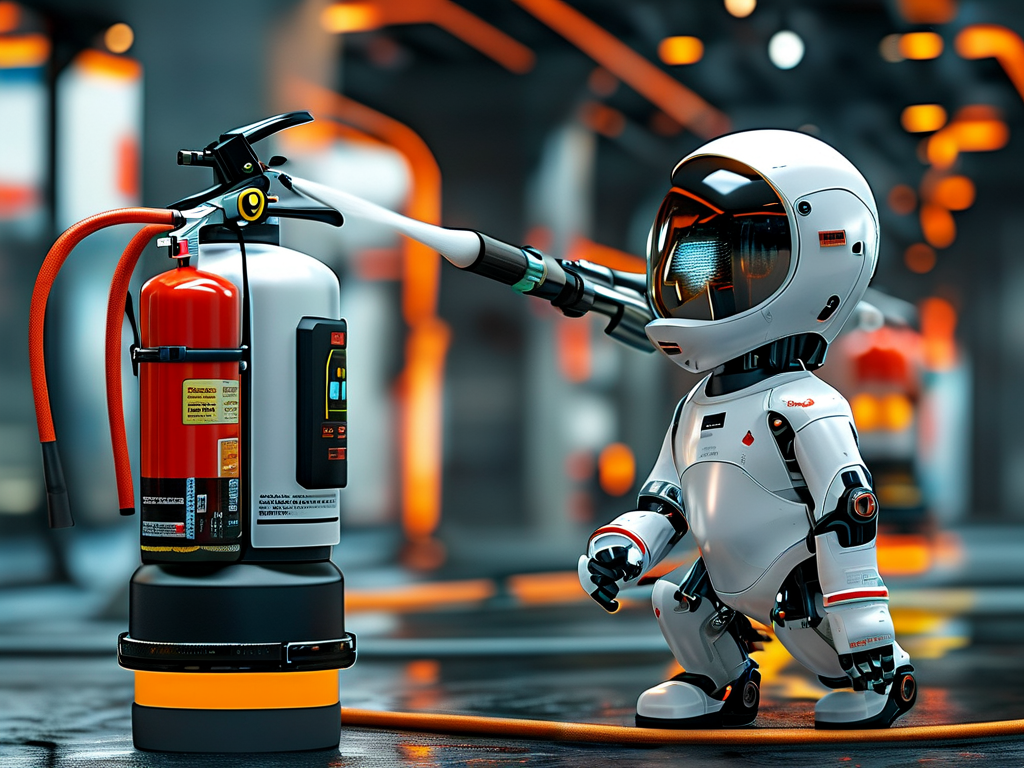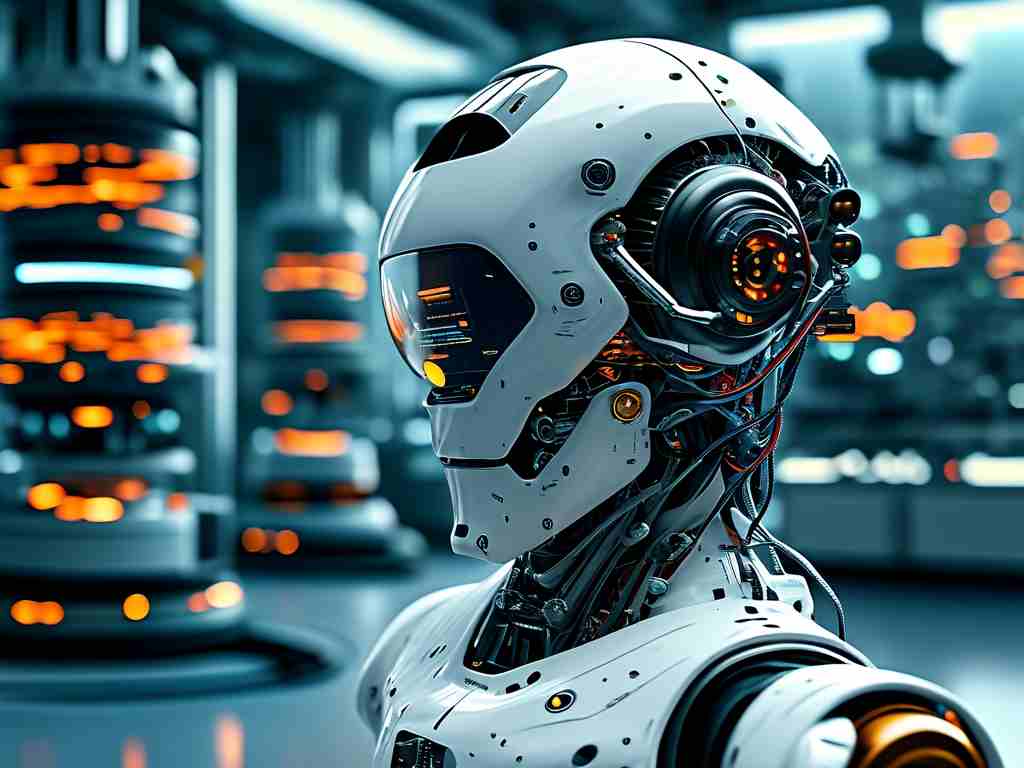As urban environments grow increasingly complex, the integration of robotic systems into emergency response protocols has become a transformative force in firefighting. This article explores the cutting-edge technologies powering fire-extinguishing robots, their operational frameworks, and the real-world implications for disaster management.
The Evolution of Firefighting Robotics
Traditional firefighting methods, while effective in many scenarios, face limitations in extreme environments such as chemical plant explosions, nuclear facility emergencies, or high-rise building fires. Robotic fire suppression systems emerged in the early 2000s as a response to these challenges, with initial prototypes focusing on remote-controlled vehicles equipped with basic water cannons. Today's systems, however, leverage artificial intelligence (AI), thermal imaging, and autonomous navigation to operate in conditions deemed too hazardous for human responders.
Core Technologies Driving Innovation
Modern firefighting robots rely on three key technological pillars:
- Multi-Sensor Fusion Systems: Advanced robots integrate infrared cameras, gas detectors, and LiDAR scanners to create real-time 3D maps of disaster zones. For example, the Thermite RS3 model employs a proprietary algorithm that cross-references thermal data with structural blueprints to identify optimal intervention paths.
- Autonomous Decision-Making: Machine learning models trained on historical fire data enable robots to predict fire spread patterns. The PyroBot X series, deployed in industrial warehouses across Europe, demonstrated a 40% faster containment rate compared to human teams during controlled tests.
- Adaptive Extinguishing Mechanisms: Beyond traditional water or foam, newer systems utilize vacuum-based oxygen displacement and cryogenic cooling. The U.S.-developed BlazeStopper 5G recently showcased a dual-mode system that alternates between liquid nitrogen bursts and ultrasonic wave dispersion to combat electrical fires.
Operational Deployment Frameworks
Firefighting robots typically operate within a tiered response structure:
- First-Response Scouts: Lightweight drones like the SmokeFly Q20 conduct initial environment assessments, transmitting air quality metrics and heat signatures to command centers.
- Heavy Suppression Units: Tracked or wheeled platforms carrying up to 500 gallons of retardant, such as China's DragonFire X7, penetrate deep into disaster zones while maintaining a stabilized water pressure of 200 PSI.
- Post-Fire Analysis Bots: Equipped with methane sensors and structural integrity scanners, these robots ensure complete fire extinction and prevent re-ignition.
Case Study: 2023 Singapore Port Incident
A recent chemical container fire at Pasir Panjang Terminal demonstrated the efficacy of robotic systems. Autonomous drones identified three separate ignition points within 90 seconds of deployment, while suppression robots established a coordinated water curtain to prevent the blaze from reaching adjacent hydrogen fuel storage units. The entire operation concluded with zero human casualties and 60% less water usage compared to traditional methods.
Challenges and Ethical Considerations
Despite technological strides, key hurdles remain:

- Energy Limitations: Most heavy-duty robots require frequent recharging, with operational windows rarely exceeding 4 hours.
- Public Trust Barriers: A 2024 EU survey revealed 55% of citizens express discomfort with fully autonomous systems making life-or-death decisions during residential fires.
- Interoperability Issues: Proprietary communication protocols often hinder cross-brand collaboration during multi-agency responses.
Future Directions
Emerging technologies promise to reshape the field:

- Swarm Robotics: Coordinated fleets of micro-drones capable of forming adaptive fire barriers
- Self-Healing Materials: Robotic exteriors that repair heat-induced damage using shape-memory polymers
- 5G-Edge Computing: Sub-10ms latency communication enabling real-time strategy adjustments
As regulatory bodies work to establish standardized safety protocols, the global market for firefighting robotics is projected to reach $12.7 billion by 2028. While these machines will never fully replace human courage and judgment, they represent a crucial evolution in protecting both lives and property from one of humanity's oldest threats.









